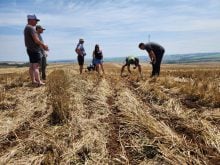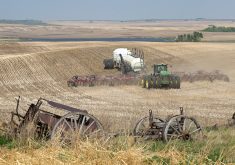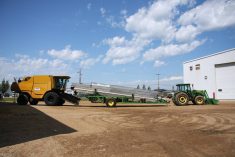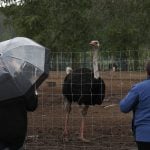AIRDRIE, Alta. – A group of Alberta landowners continue to question whether the province needs to proceed with an ambitious project to boost electrical power production within the next decade.
Edwin Erickson, a member of the Lavesta Area Group, representing about 800 landowners, has opposed the plan since it was proposed in 2006.
“They still haven’t proven to us that there is a need for Alberta to double its power generation in the next 15 years if it isn’t for export,” Erickson said in an interview Aug. 20.
Read Also
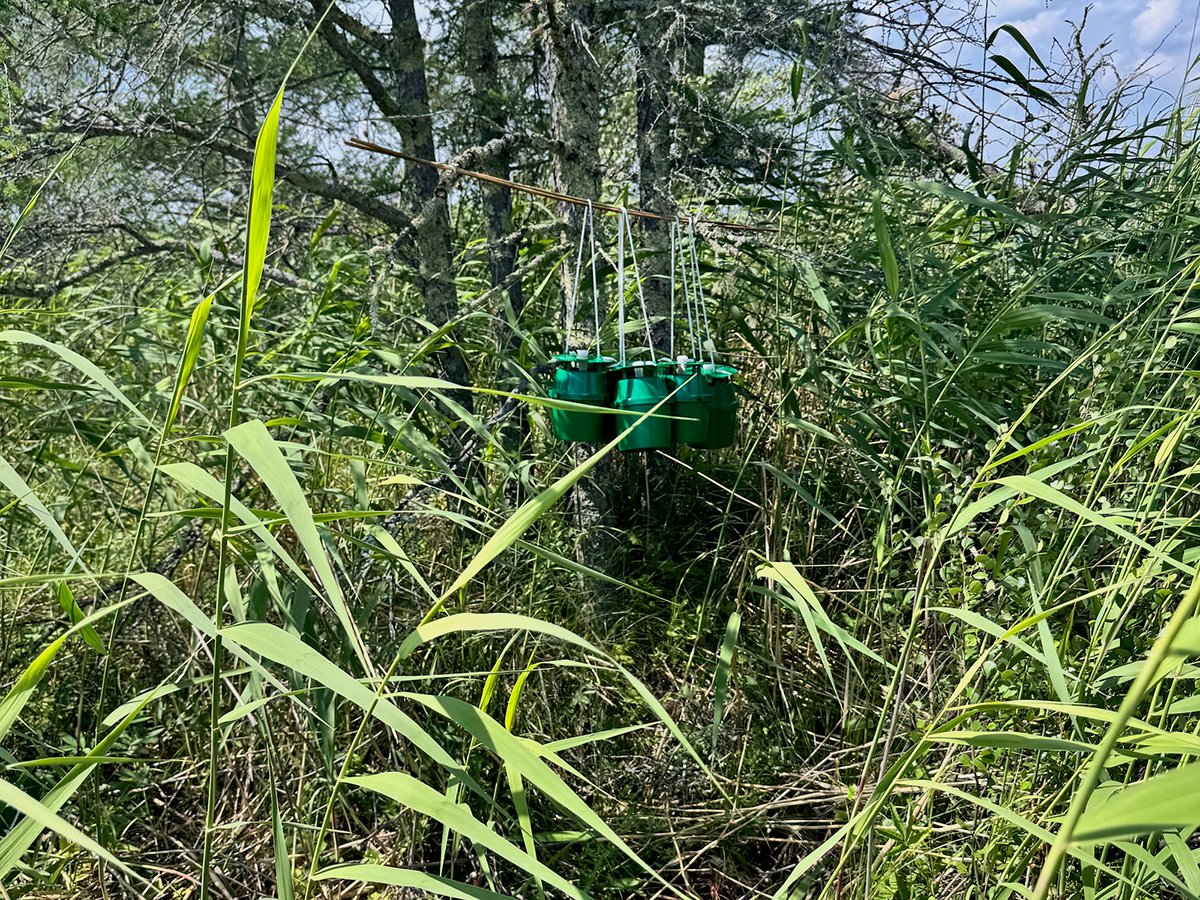
Worm devastates northern wild rice harvest
In the past five years, harvesters in various parts of northern Saskatchewan have been affected by wild rice worms, which destroy crop and devastate peoples’ livelihoods.
Adding to the controversy, Alberta Energy announced Aug. 25 that Atco and AltaLink have been granted permission to apply to construct new electrical transmission lines between Calgary and Edmonton.
“These new transmission lines will provide the electricity highway to Alberta homes and industry that will facilitate greatly expanded wind-generated power, more low emission co-generation facilities, hydro and next generation clean coal plants,” said Energy minister Mel Knight in a news release.
“They will also reduce the losses on existing lines that cost Alberta consumers more than $220 million last year. The longer we wait, the greater the cost and the greater the risk that Albertans may lose the electricity service they rely on and expect.”
The Lavesta group has been asking the government since 2006 for a needs assessment.
Twenty public meetings were held throughout the province this summer to discuss five transmission projects.
Turnout was poor and Erickson wondered if many meetings were held while farmers were too busy to attend. There may also be some weariness among landowners because they see the projects as irrevocable.
Capacity is now 12,264 megawatts of electricity with average hourly loads of 8,000 megawatts. Alberta Electric System Operator says with average annual growth of three percent, the province will require an additional 5,000 megawatts of production by 2011 and another 11,500 megawatts by 2027.
Earlier proposals for similar lines were stopped last year and the government told planners to re-evaluate the process and come up with a new plan amidst serious controversy with landowners.
Lavesta argues that if the additional electricity is required for export, then Alberta taxpayers should not have to pay for construction.
They also fear the added development could result in higher electricity costs to consumers.
There is also controversy over Bill 50 introduced this spring, which would enable major electrical projects to proceed with only cabinet approval. It gives the provincial government the ability to identify the need for power lines similar to how it now handles other public structures like roads, schools and hospitals.
That bill is tied into Bill 19, the land assembly projects act, which allows the government to set aside land for transmission lines or roads. The Alberta Utilities Commission makes the final decision on the actual sites for the lines.
Lavesta contends that until Bill 50 is passed, Knight lacks the authority to approve the lines.
The government maintains it has the authority to grant permission before the Alberta Utilities Commission assesses the need. It said the location of the lines would be decided after public hearings to be scheduled later.



